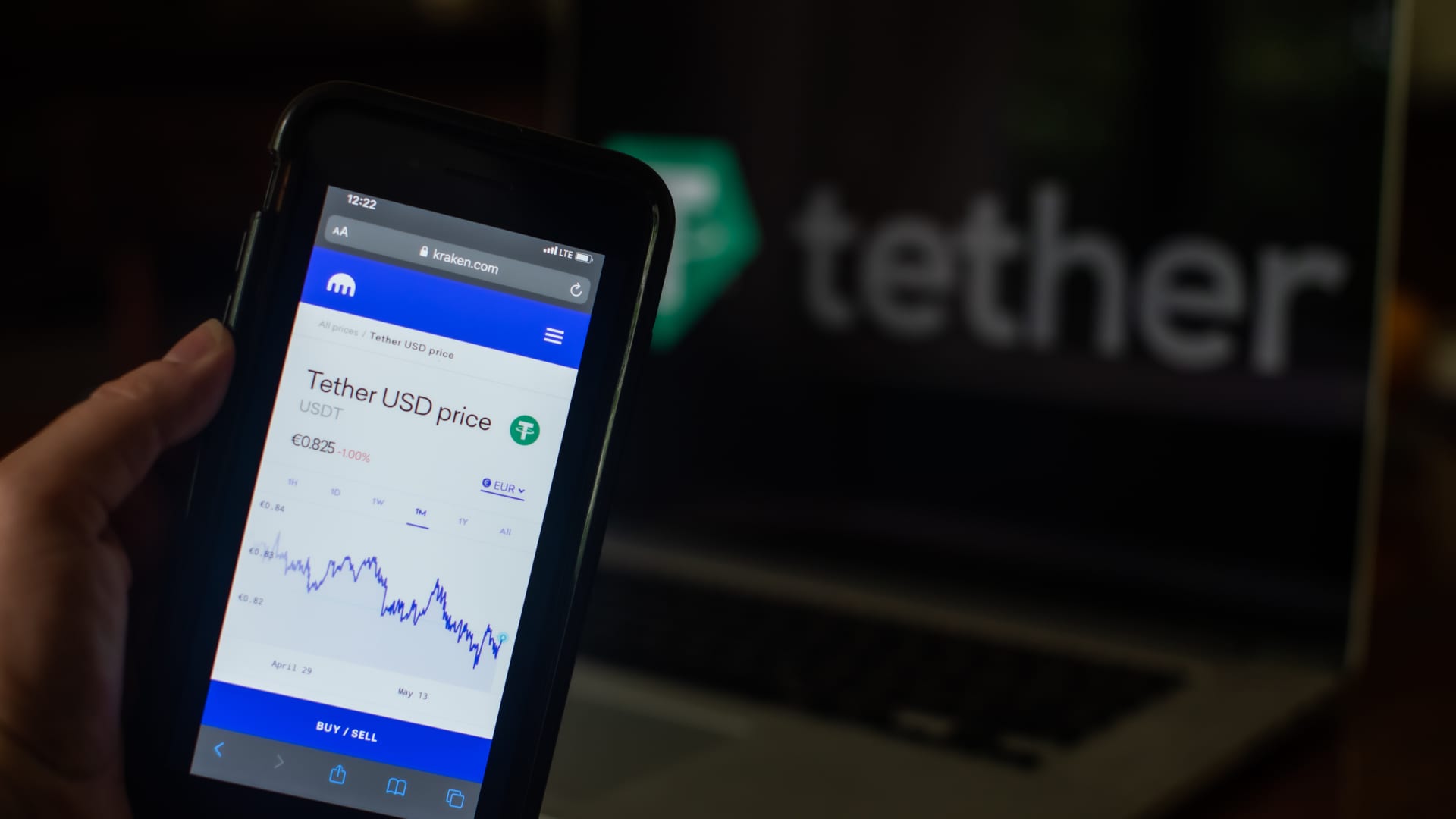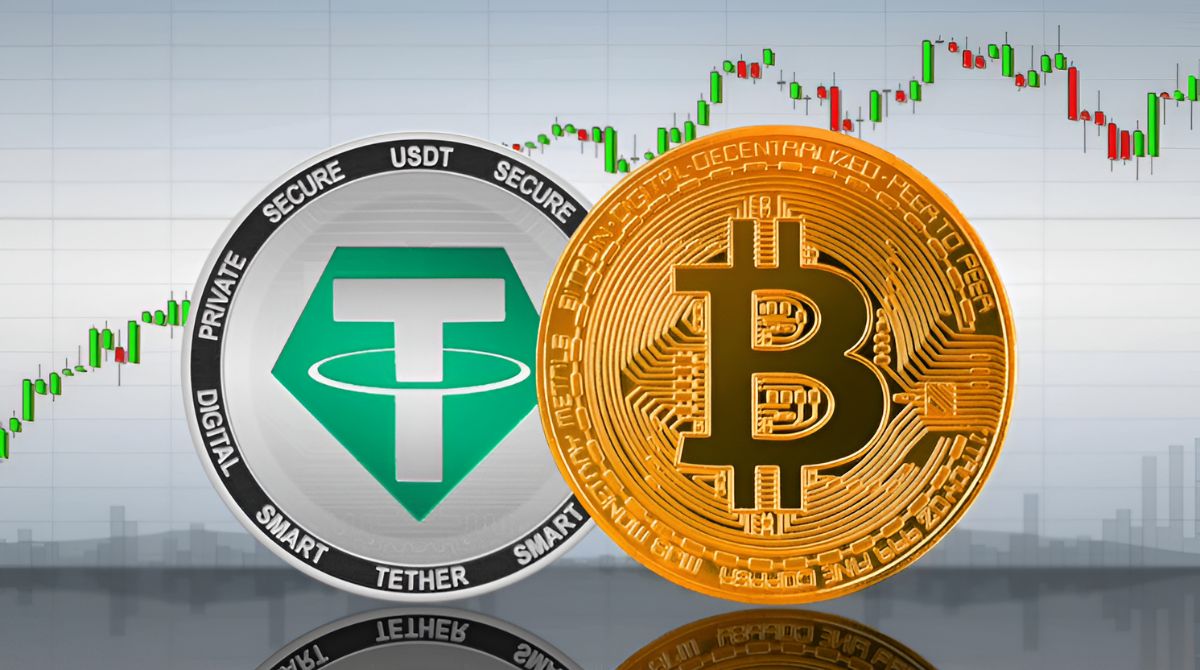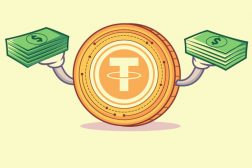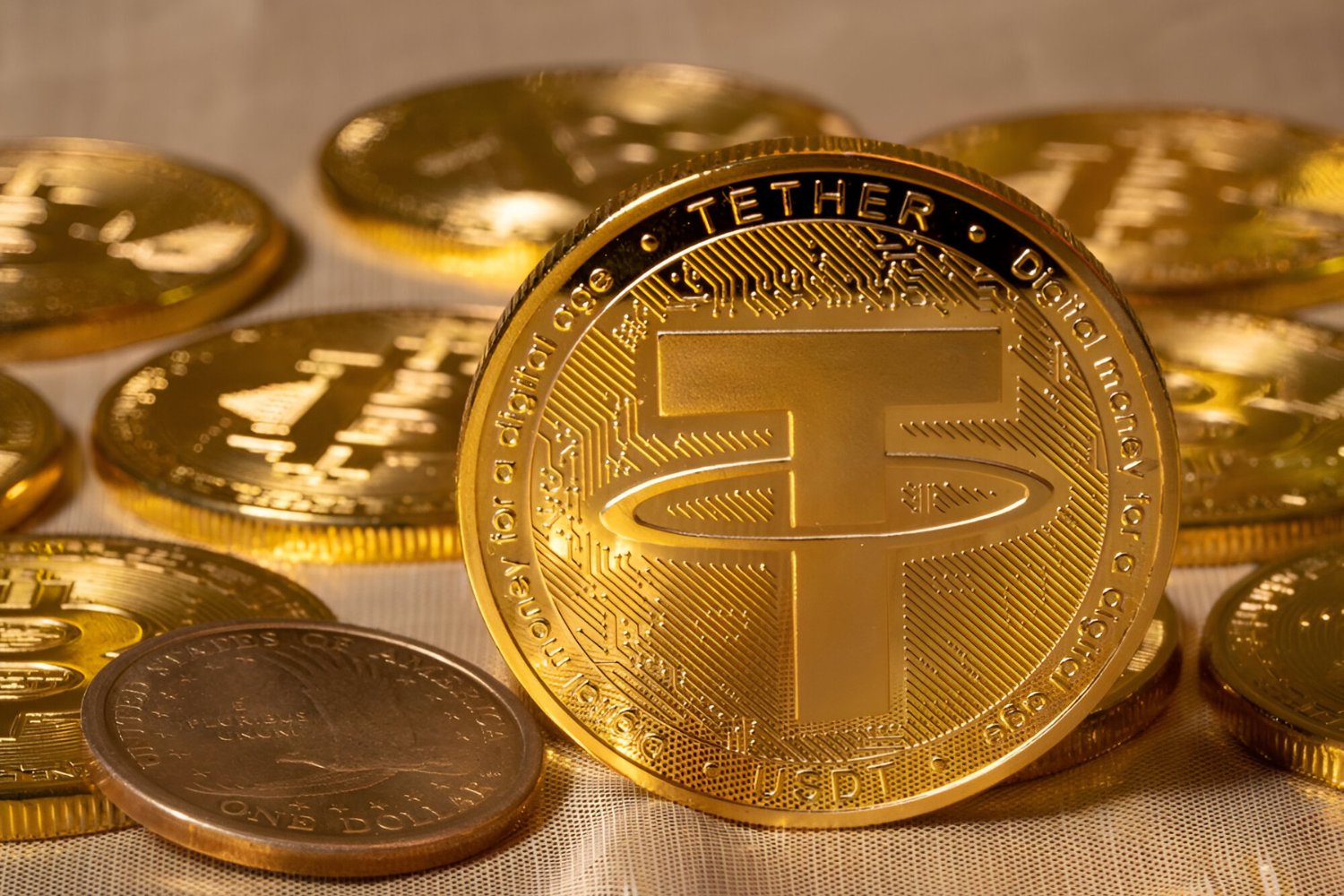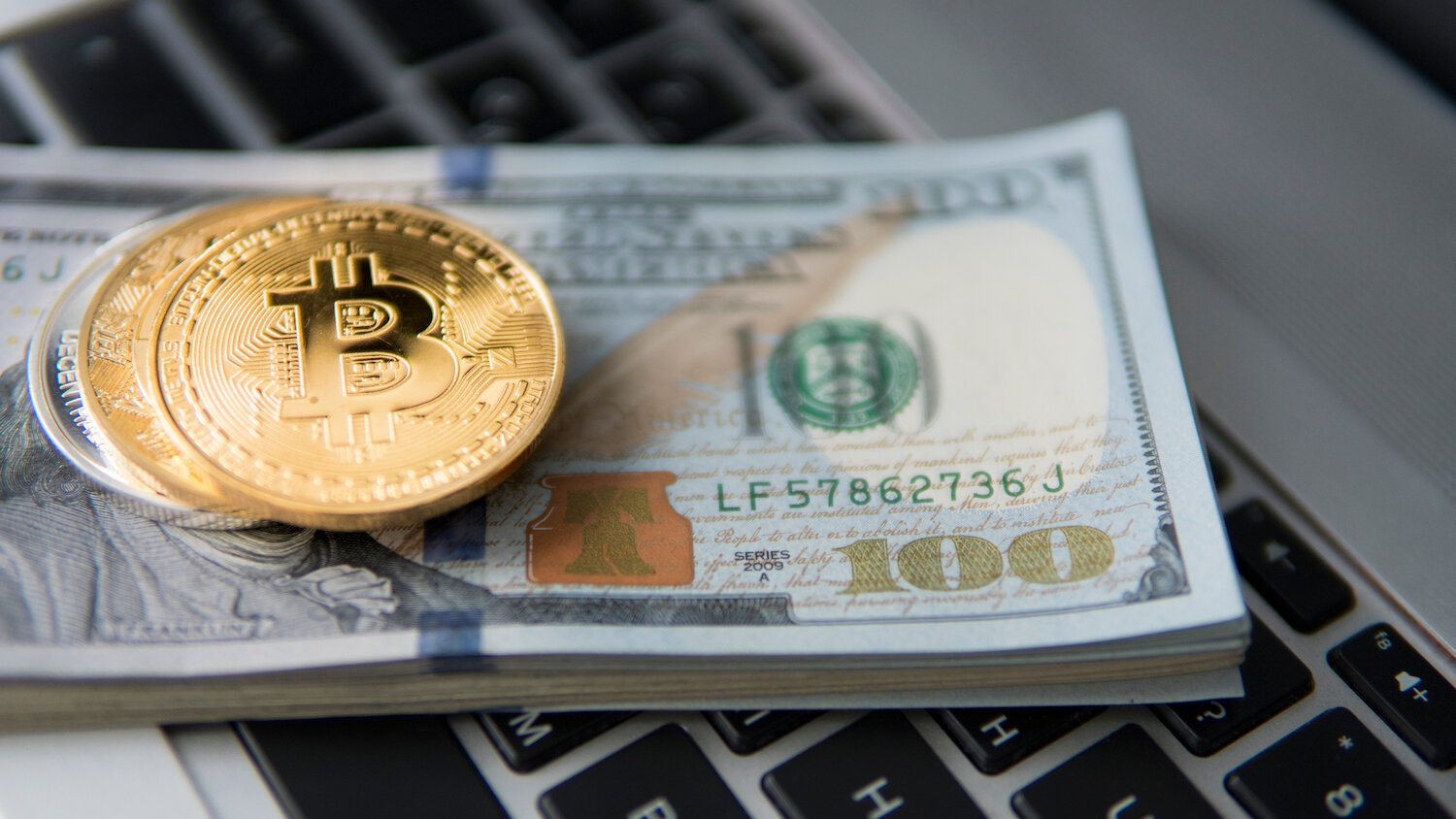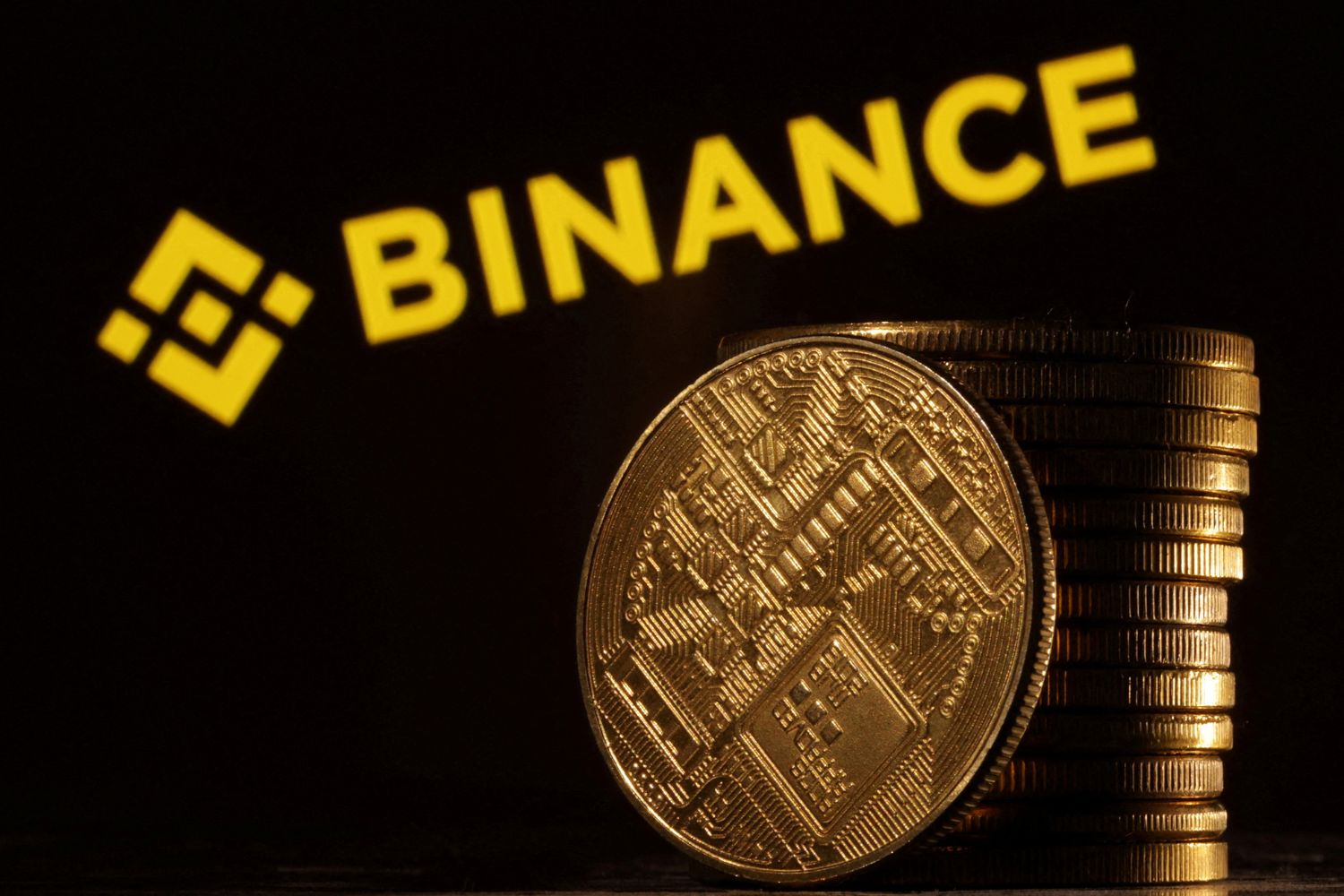Introduction
Welcome to the world of cryptocurrencies, where digital assets have revolutionized the way we perceive and interact with money. Among the myriad of cryptocurrencies available today, one prominent player is USDT Crypto, which has gained significant popularity in recent years. In this article, we will explore what USDT Crypto is and how it works, its advantages and use cases, as well as the risks and concerns associated with it.
USDT Crypto, also known as Tether, is a type of cryptocurrency that belongs to a class called stablecoins. Unlike other cryptocurrencies such as Bitcoin or Ethereum, which experience significant price fluctuations, USDT Crypto is designed to maintain a stable value, usually pegged to a fiat currency like the US dollar.
The primary purpose of USDT Crypto is to provide traders and investors with a digital asset that can be easily converted into fiat currency, offering a stable trading medium without the inherent volatility of other cryptocurrencies. This stability is achieved through a mechanism called “asset backing,” where each USDT Crypto unit is backed by a corresponding reserve of traditional currency held by the issuing company.
USDT Crypto operates on blockchain technology, a decentralized ledger system that ensures secure and transparent transactions. It is built on various blockchain networks, including Bitcoin, Ethereum, and others, offering flexibility and compatibility for users.
USDT Crypto has gained popularity due to its ability to bridge the gap between the traditional financial world and the emerging cryptocurrency ecosystem. It provides a convenient on-ramp and off-ramp for users who want to enter or exit the cryptocurrency market swiftly without exposing themselves to market volatility. Additionally, USDT Crypto enables faster and more cost-effective cross-border transactions compared to traditional banking systems.
However, it is important to note that USDT Crypto, like any other investment, carries certain risks and considerations. Investors should be aware of potential regulatory issues, as the cryptocurrency market is subject to evolving regulations and legal frameworks. Additionally, the stability of USDT Crypto relies on the trustworthiness and transparency of the issuing company’s reserves, which has raised concerns in the past.
In the following sections, we will delve deeper into how USDT Crypto works, its creation and redemption process, the advantages it offers, and various use cases for this stablecoin.
What is USDT Crypto?
USDT Crypto, also known as Tether, is a type of cryptocurrency that serves as a stablecoin in the digital asset ecosystem. Unlike other cryptocurrencies that experience significant price fluctuations, USDT Crypto is designed to maintain a stable value by being pegged to a fiat currency, most commonly the US dollar.
USDT Crypto was launched in 2014 and has gained widespread adoption in the cryptocurrency market. It operates on various blockchain networks, including Bitcoin, Ethereum, and more, offering users compatibility and flexibility in their transactions.
The primary function of USDT Crypto is to provide a reliable and stable trading medium for cryptocurrency traders and investors. This stability is achieved through a mechanism called “asset backing,” where each USDT Crypto unit is backed by a reserve of traditional currency held by the issuing company. This reserve ensures that there is a tangible asset supporting the value of each USDT Crypto unit.
One of the key features of USDT Crypto is its ability to provide liquidity within the cryptocurrency ecosystem. Traders and investors can easily convert their USDT Crypto into other cryptocurrencies or fiat currency. This feature enables faster and more seamless transactions, eliminating the need to rely solely on traditional banking systems.
USDT Crypto has become widely used as a trading pair for various cryptocurrencies. It allows traders to move in and out of positions swiftly without exposing themselves to the volatility inherent in other cryptocurrencies. By pegging its value to a fiat currency, USDT Crypto offers stability and mitigates the risks associated with price fluctuations.
Furthermore, USDT Crypto has found practical applications in the decentralized finance (DeFi) sector. Within the DeFi ecosystem, USDT Crypto can be used as collateral in lending and borrowing platforms, enabling users to access liquidity without needing to liquidate their cryptocurrencies. This functionality expands the utility of USDT Crypto beyond simple trading and investment purposes.
In summary, USDT Crypto is a stablecoin that offers a stable trading medium within the cryptocurrency market. It maintains a fixed value by being pegged to a fiat currency and operates on various blockchain networks. USDT Crypto provides liquidity, stability, and compatibility, making it a valuable asset for traders, investors, and participants in the decentralized finance space.
How Does USDT Crypto Work?
USDT Crypto operates on blockchain technology, utilizing the principles of transparency, decentralization, and immutability to facilitate secure and efficient transactions. Understanding the workings of USDT Crypto requires knowledge of its creation process, the underlying technology, and the mechanism through which its value is maintained.
USDT Crypto is created through a process called “minting.” Issuing companies, such as Tether Limited, generate USDT Crypto units by receiving fiat currency from users. Once the fiat currency is deposited, the corresponding amount of USDT Crypto is created and allocated to the user’s digital wallet. This minting process ensures that each USDT Crypto unit is backed by an equivalent amount of traditional currency, providing the stability that makes it a stablecoin.
The transparency of USDT Crypto is upheld through regular audits conducted by the issuing company. These audits verify the existence of sufficient reserves to back the circulating supply of USDT Crypto. By publishing these audits, the issuing company aims to provide reassurance to users and maintain trust in the stability of USDT Crypto.
USDT Crypto functions as a digital representation of the underlying fiat currency. This means that the value of 1 USDT Crypto is intended to be equivalent to 1 unit of the fiat currency it is pegged to, usually the US dollar. The pegging mechanism ensures that the value of USDT Crypto remains stable and predictable, reducing the volatility risks typically associated with other cryptocurrencies.
The mechanism through which USDT Crypto maintains its parity with the underlying fiat currency is called “implicit collusion.” This involves market participants buying or selling USDT Crypto on various cryptocurrency exchanges to maintain the price close to the pegged value. When the price of USDT Crypto deviates from its peg, arbitrage opportunities arise, incentivizing traders to buy or sell USDT Crypto until the price returns to the desired level.
It is important to note that USDT Crypto, being a centralized stablecoin, relies on the trustworthiness and transparency of the issuing company and its audits. Users must have confidence in the issuer’s ability to maintain the reserves and ensure that the pegged value is upheld.
In summary, USDT Crypto operates on blockchain technology and is created through a minting process backed by fiat currency reserves. Its value remains stable due to its pegging mechanism to a specific fiat currency. Market participants play a role in maintaining the stability by buying or selling USDT Crypto when the price deviates from the intended value. Understanding the inner workings of USDT Crypto is essential for users looking to utilize it as a stable trading medium or store of value within the cryptocurrency ecosystem.
How is USDT Crypto Created and Redeemed?
The creation and redemption process of USDT Crypto, also known as Tether, plays a crucial role in ensuring the stability and value of this stablecoin. Understanding how USDT Crypto is created and redeemed provides insights into the mechanisms that underpin its functionality within the cryptocurrency ecosystem.
The creation of USDT Crypto occurs through a process called “minting.” Authorized issuers, such as Tether Limited, receive fiat currency deposits from users who wish to obtain USDT Crypto. Once the fiat currency is verified and received, an equal amount of USDT Crypto is created and allocated to the user’s digital wallet. This creation process ensures that each unit of USDT Crypto is fully backed by an equivalent amount of traditional currency held by the issuing company.
Transparency and trust are essential in the creation process of USDT Crypto. The issuing company regularly undergoes audits to verify the existence of sufficient reserves that back the circulating supply of USDT Crypto. By conducting these audits and disclosing the results, the issuing company aims to provide transparency and maintain trust in the stability of USDT Crypto.
On the other hand, the redemption process allows users to convert their USDT Crypto back into fiat currency. Users can initiate the redemption process by submitting a request to the authorized issuer. Upon approval of the request, the corresponding amount of USDT Crypto is burned, and the equivalent fiat currency is transferred to the user’s bank account. This redemption process ensures that there is a two-way convertibility between USDT Crypto and the underlying fiat currency, offering users the flexibility to transition between the digital and traditional financial realms.
It is important to note that the creation and redemption processes of USDT Crypto contribute to its stability. The fact that each USDT Crypto unit is backed by a reserve of traditional currency ensures that its value is not subject to the same volatility as other cryptocurrencies. This stability makes USDT Crypto a useful tool for traders and investors who want to hedge against market fluctuations.
USDT Crypto can be created and redeemed on various blockchain networks, including Bitcoin and Ethereum. The issuance and redemption of USDT Crypto occur on these decentralized networks, leveraging the security and immutability provided by blockchain technology.
In summary, USDT Crypto is created through the minting process, where fiat currency deposits are exchanged for USDT Crypto units. The creation process ensures that each unit of USDT Crypto is fully backed by an equivalent amount of traditional currency. Conversely, the redemption process allows users to convert their USDT Crypto back into fiat currency. These processes contribute to the stability and value of USDT Crypto, offering users a reliable and easily convertible digital asset within the cryptocurrency ecosystem.
Advantages of USDT Crypto
USDT Crypto, also known as Tether, offers several advantages that make it a valuable asset within the cryptocurrency market. From stability and liquidity to convenience and compatibility, USDT Crypto provides users with a range of benefits. Let’s explore some of the advantages of using USDT Crypto:
- Stability: One of the key advantages of USDT Crypto is its stability. Unlike other cryptocurrencies that experience significant price fluctuations, USDT Crypto is designed to maintain a stable value. Its value is typically pegged to a fiat currency, such as the US dollar, which provides users with a reliable trading medium and reduces the risks associated with volatility.
- Liquidity: USDT Crypto plays a crucial role in enhancing liquidity within the cryptocurrency ecosystem. It is widely accepted and widely traded on various cryptocurrency exchanges. The ability to quickly and easily convert USDT Crypto into other cryptocurrencies or fiat currency contributes to faster and more efficient transactions. This liquidity reduces barriers to entry and exit for traders and investors, increasing overall market efficiency.
- Convenience: USDT Crypto offers users the convenience of a digital currency that also maintains a stable value. This convenience allows users to hold and transact with a cryptocurrency without worrying about frequent price fluctuations. It provides a seamless bridge between the traditional financial system and the emerging world of cryptocurrencies, easing the transition for individuals and businesses.
- Compatibility: USDT Crypto operates on various blockchain networks, including Bitcoin, Ethereum, and more. This compatibility allows users to leverage the advantages of USDT Crypto across multiple platforms and ecosystems. Whether it is for trading, investing, or participating in decentralized finance (DeFi), users can seamlessly incorporate USDT Crypto into their preferred blockchain network.
- Cross-border Transactions: USDT Crypto enables faster and more cost-effective cross-border transactions compared to traditional banking systems. Due to its digital nature and blockchain technology, USDT Crypto transactions can bypass the intermediaries, delays, and high fees associated with traditional cross-border transfers. This advantage makes USDT Crypto a valuable tool for individuals and businesses engaged in global transactions.
- Hedging Against Market Volatility: USDT Crypto serves as a hedging tool for traders and investors. By holding USDT Crypto, market participants can mitigate the risks associated with the volatility of other cryptocurrencies. When the market experiences downturns or unpredictable price swings, USDT Crypto offers a stable refuge, allowing users to preserve the value of their assets and actively manage their portfolio risks.
These advantages have contributed to the widespread adoption and acceptance of USDT Crypto in various sectors of the cryptocurrency market. Whether for trading purposes, cross-border transactions, or participating in decentralized finance, USDT Crypto offers stability, liquidity, convenience, compatibility, and hedging capabilities that make it a valuable asset for users.
Use Cases for USDT Crypto
USDT Crypto, also known as Tether, has gained popularity and widespread adoption across various sectors of the cryptocurrency market. Its stability, liquidity, and compatibility make it a versatile digital asset with numerous use cases. Let’s explore some of the key use cases for USDT Crypto:
- Trading and Investing: USDT Crypto serves as a stable trading and investment tool within the cryptocurrency market. Traders and investors can use USDT Crypto as a base currency or a trading pair to mitigate the risks associated with price volatility. By using USDT Crypto, they can avoid the need to convert their holdings back to fiat currencies, allowing for faster trade executions and reducing transaction costs.
- Store of Value: The stability of USDT Crypto makes it a suitable store of value for individuals and businesses operating within the cryptocurrency ecosystem. By holding USDT Crypto, users can maintain the value of their assets without being exposed to the volatility of other cryptocurrencies. This use case is particularly relevant for individuals looking to protect their wealth during market downturns or uncertain economic conditions.
- Decentralized Finance (DeFi): USDT Crypto has found practical applications within the decentralized finance (DeFi) sector. It can be used as collateral for borrowing and lending platforms, allowing users to access liquidity without the need to sell their cryptocurrencies. By using USDT Crypto as collateral, individuals can unlock the potential value of their digital assets while avoiding the need for traditional financial intermediaries.
- International Remittances: USDT Crypto offers a faster and more cost-effective solution for international remittances compared to traditional banking systems. By leveraging blockchain technology, USDT Crypto enables individuals and businesses to transfer funds across borders without the need for intermediaries. This use case is particularly relevant for individuals who frequently send or receive money from abroad and are seeking a more efficient and affordable remittance solution.
- Access to Decentralized Exchanges: USDT Crypto provides users with access to decentralized exchanges (DEXs) and decentralized trading platforms. By using USDT Crypto, individuals can participate in the decentralized exchange ecosystem and benefit from the advantages of peer-to-peer trading, such as increased privacy, reduced counterparty risk, and enhanced control over their digital assets.
- Stablecoin Arbitrage: Traders can take advantage of potential arbitrage opportunities between different cryptocurrency exchanges that offer USDT Crypto trading pairs. By monitoring price differentials across exchanges and executing trades accordingly, traders can profit from the resulting price discrepancies. This use case highlights the role of USDT Crypto as a stable trading pair that can be leveraged for profit by skilled traders.
These use cases demonstrate the versatility of USDT Crypto within the cryptocurrency ecosystem. Its stability, liquidity, compatibility, and convenience make it a valuable asset for traders, investors, participants in decentralized finance, and individuals seeking efficient cross-border transactions. As USDT Crypto continues to gain traction, new and innovative use cases are likely to emerge, further expanding its utility and relevance within the cryptocurrency market.
Risks and Concerns with USDT Crypto
While USDT Crypto, also known as Tether, offers various advantages and use cases, it is essential to be aware of the potential risks and concerns associated with this stablecoin. Understanding these risks can help users make informed decisions and mitigate potential drawbacks. Here are some of the key risks and concerns to consider:
- Regulatory Risks: The cryptocurrency market, including USDT Crypto, is subject to evolving and sometimes uncertain regulatory frameworks. Changes in regulations or government policies regarding cryptocurrencies could impact the stability and usability of USDT Crypto. It is important to stay informed about regulatory developments and comply with any applicable laws and regulations.
- Centralization and Trust: USDT Crypto has been criticized for its centralized nature, as it relies on the trustworthiness and transparency of the issuing company. Users must trust that the reserves backing USDT Crypto are accurately reported and effectively managed. Any lack of transparency or distrust in the issuing company can undermine the stability and value of USDT Crypto.
- Liquidity Risks: While USDT Crypto is a widely accepted stablecoin, liquidity risks can still arise. In times of market stress or high demand, the liquidity of USDT Crypto may become constrained, leading to higher volatility or difficulty in executing trades. Users should be aware of potential liquidity risks and consider alternative stablecoins or liquidity reserves to manage this concern.
- Custodial Risks: Holding USDT Crypto on centralized exchanges introduces custodial risks, as users rely on the security practices and integrity of these platforms. Incidents of hacks or security breaches on exchanges can result in the loss or theft of USDT Crypto holdings. It is crucial to research and select reputable and secure exchange platforms when dealing with USDT Crypto.
- Counterparty Risks: When redeeming USDT Crypto for fiat currency, users are exposed to counterparty risks. Users must have confidence in the authorized issuers’ ability to honor redemption requests and provide the equivalent fiat currency. Any issues or delays in the redemption process can cause financial losses and undermine trust in the stability of USDT Crypto.
- Market Manipulation Concerns: Due to its importance as a stablecoin within the cryptocurrency market, concerns regarding potential market manipulation have been raised. The nature of USDT Crypto’s pegged value opens up the possibility of parties with significant holdings manipulating the price to their advantage. Vigilance and monitoring of market activities are crucial to detect and mitigate any potential manipulation.
It is important to carefully assess these risks and concerns before engaging with USDT Crypto. Users should conduct thorough due diligence, diversify their holdings to include different stablecoins, and consider seeking professional advice when dealing with substantial amounts of USDT Crypto. Staying informed and proactive can help manage and mitigate these risks, allowing users to benefit from the advantages that USDT Crypto offers while minimizing potential drawbacks.
Conclusion
USDT Crypto, or Tether, has emerged as a prominent player in the world of cryptocurrencies, offering stability, liquidity, and compatibility within the digital asset ecosystem. Its value proposition lies in its ability to maintain a stable price, which is often pegged to a fiat currency, providing traders and investors with a reliable trading medium and a store of value.
Throughout this article, we have explored the key aspects of USDT Crypto, from its creation and redemption processes to its advantages and use cases. USDT Crypto presents numerous benefits, such as stability, liquidity, convenience, compatibility, and the ability to hedge against market volatility. These advantages make it a valuable tool for traders, investors, individuals engaging in cross-border transactions, and participants within the decentralized finance (DeFi) sector.
However, it is important to be aware of the potential risks and concerns associated with USDT Crypto. Regulatory uncertainties, centralization, liquidity risks, custodial risks, counterparty risks, and concerns about market manipulation all warrant careful consideration. Users should approach USDT Crypto with a diligent and informed mindset, conducting thorough research, and taking necessary precautions to mitigate these risks.
As the cryptocurrency market continues to evolve, USDT Crypto’s position and relevance are likely to adapt. It is crucial for users to stay updated on the latest developments, regulations, and innovations within the cryptocurrency space. By remaining informed and taking proactive measures, users can leverage the advantages of USDT Crypto while managing risks effectively.
In conclusion, USDT Crypto offers stability, liquidity, and compatibility, making it a valuable asset for individuals and businesses operating within the cryptocurrency market. The advantages it provides, coupled with an understanding of the associated risks, empower users to navigate the digital asset ecosystem and seize opportunities in an evolving financial landscape.







